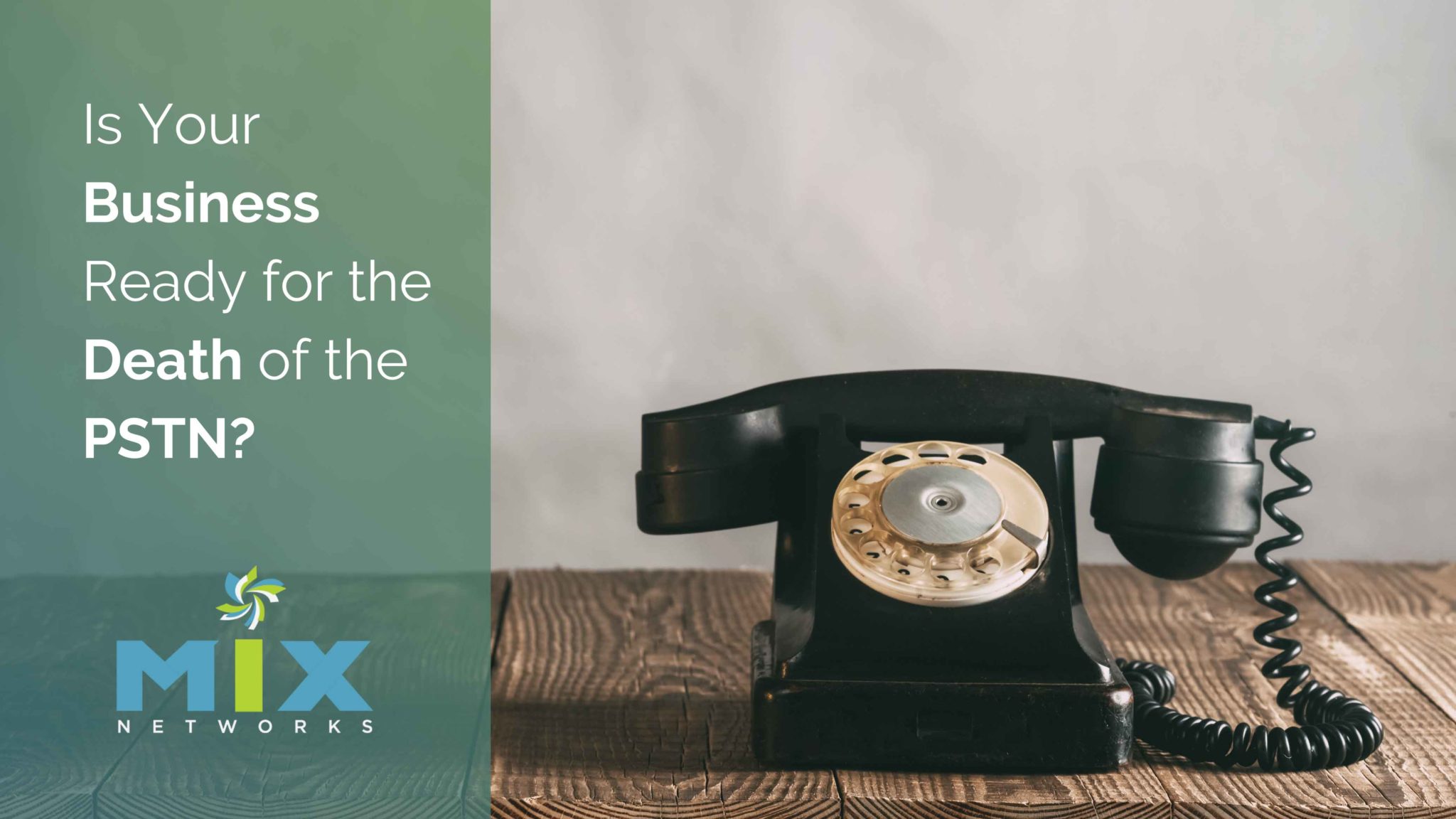The death of the PSTN leaves businesses with a choice to make.
86 years after the passage of the Telecommunications Act of 1934, 27 years after the Telecommunications Act of 1993 and 24 years after the 1996 Act; the telecom industry is again on the precipice of significant change in the direction of the communications technology connecting people across the United States and the globe. As we approach 2020, communications technology is again on the precipice of significant change.
Copper Lines Are Becoming History
Copper lines have been delivering commercial telephony for the last 150 years. Since service began in 1877, the number of American phone lines over copper peaked in the year 2000 with 186 million lines, according to Cleveland.com. In the years following, the number of copper users has declined significantly. The paper now estimates that only 1 in 4 homes will have copper access by the end of this year. The CDC reports that only 6% of households utilize only copper lines for telecommunications, with 38% of US homes who use both. The majority of households are wireless, coming in at 70%.
In the 1990s, there was a change to telecom financial regulations, enabling the phone companies to divert fewer funds to maintaining the current copper infrastructure and instead focus on newer technology such as high-speed internet, mobile, and fiber networks. When Superstorm Sandy decimated much of the northeastern coast of the United States, the copper-line provider Verizon, abandoned the copper lines that connected the majority of the population after their destruction by the storm and began to force subscribers to fiber networks.
The reality is the rise of alternative methods of two-way communications, and the significant decrease in the use of traditional copper PSTN lines has caused traditional telephony providers to lobby for the end of landline solutions in its entirety. In 2013, AT&T lobbied for the death of the PSTN as we know it and eliminating an estimated $13.5 billion per year in expenditures to maintain the current copper lines.
Have You Made Plans for the Transition?
Copper line providers have been successful in obtaining deregulation of landlines, with Illinois voting to allow AT&T to disconnect 1.2 million landline customers in that state. CBS News reports that 19 other states have voted to allow AT&T to end landline service in their state to focus on wireless or internet-based networks, effectively creating the death of the PSTN, and leaving businesses with the challenge of finding a viable solution to maintain their voice communications.
Prior to the push of traditional landline providers to deregulate copper lines, businesses have been migrating to digital solutions such as VoiceOver Internet Technology (VoIP.) Rapid growth was occurring, and research firms have begun to project growth rates over the next several years to be over 100%. Even higher growth is anticipated in mobile VoIP solutions that utilize mobile applications to access business telephony features, with the market projected to reach $146 billion by the year 2024.
The PSTN is Dead, Long Live VoIP
If you have been in the VoIP market as long as we have, this phrase has been widely used for years. Many VoIP providers have declared that the PSTN was dead over the years, and it seems that this prediction is now actually coming true. With the passage of the FCC 19-72A1 recommendation, traditional TDM and PSTN providers have been relieved of the federal requirement to maintain copper lines and focus on the newer digital technologies. If your business still relies on TDM and PSTN to transmit your voice communications, you need to be looking for an alternative now, as the bill will go into effect in February of 2020. If you haven’t considered cloud and VoIP communications, then now is the time to evaluate the possibilities.








